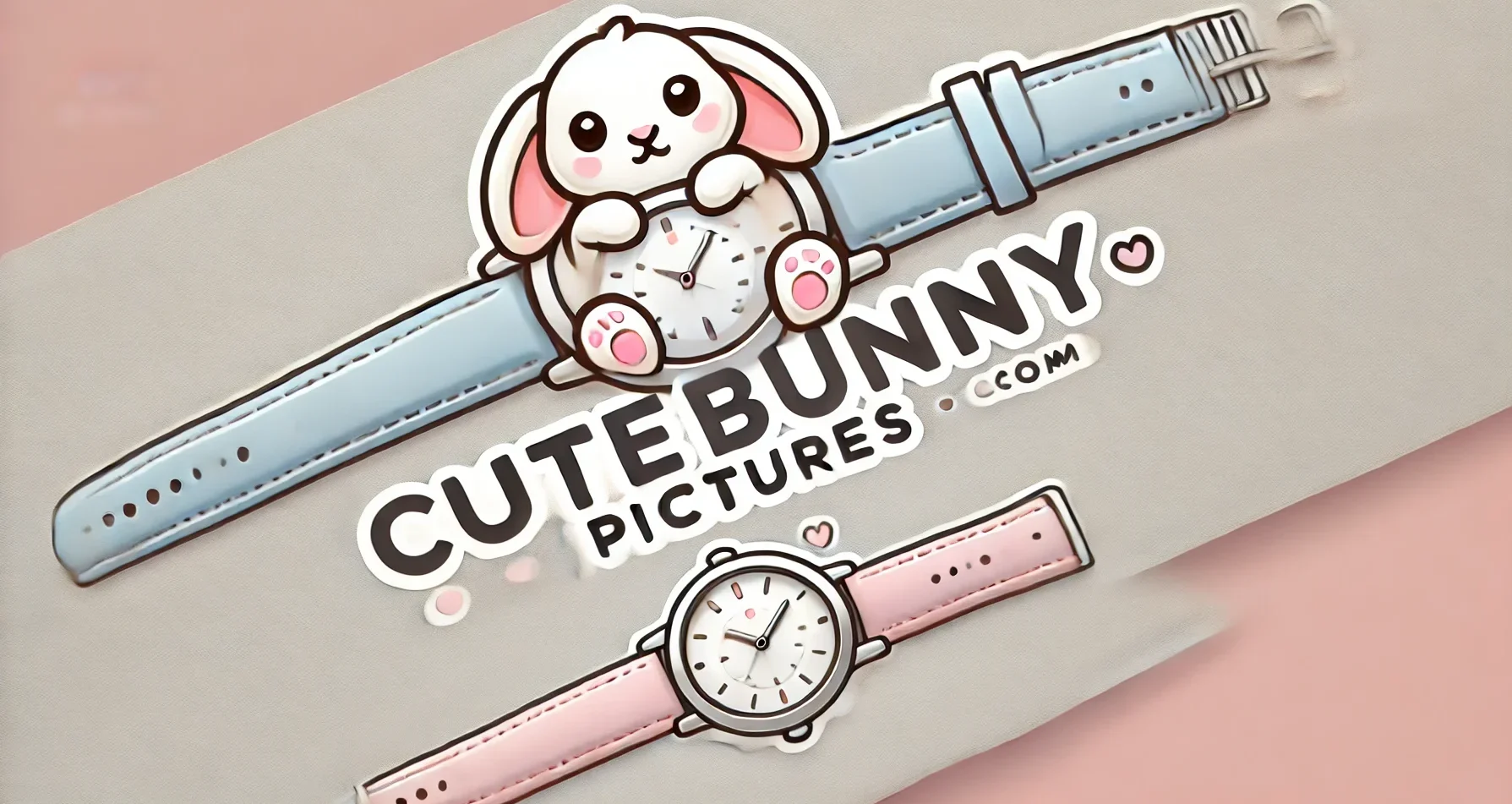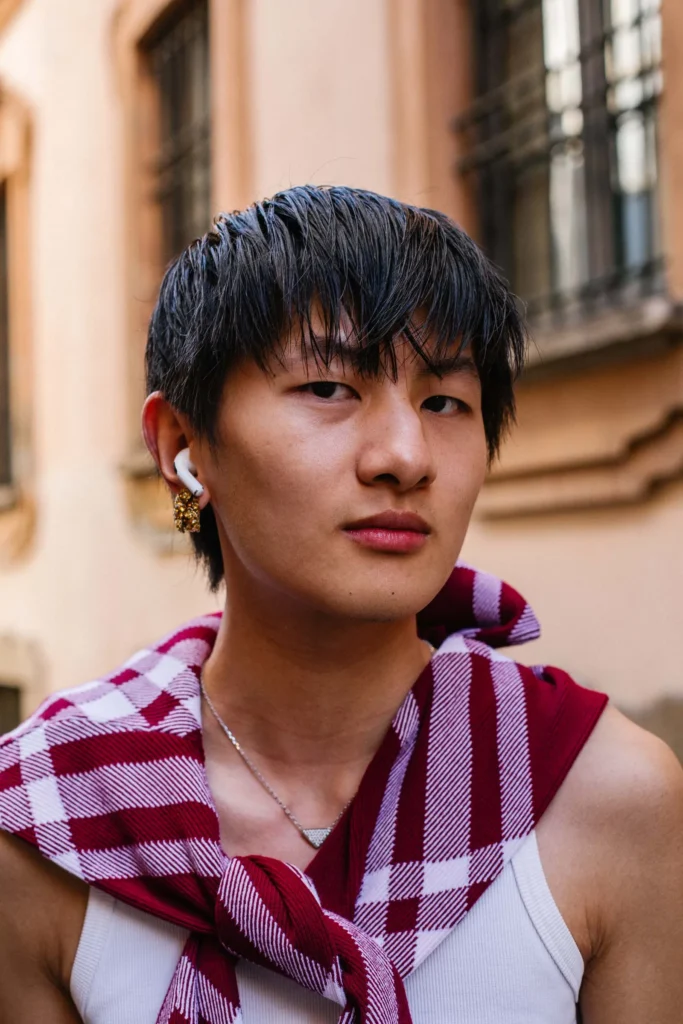
Milan Design Week has long been more than just a global furniture exhibition. Since its inception in 1961, the Salone del Mobile has evolved dramatically, shaping Milan into an epicenter of cultural innovation, creative dialogue, and avant-garde style. The 2025 edition amplified this legacy, attracting designers, fashionistas, and creatives who see the event as an essential fixture in their calendar. The city, rich in fashion history and home to revered fashion houses such as Prada, Armani, and Gucci, provided the perfect backdrop for a week of eclectic and expressive street style.
An Intersection of Style and Design
While the central event showcased groundbreaking furniture and interior concepts, Milan Design Week 2025 celebrated a deeper synergy between fashion and design. Attendees elegantly navigated crowded exhibition halls, private palazzos, and chic boutique studios, highlighting the city’s innate ability to blend practicality with sophisticated style.

As sunlight dappled across Milanese streets lined with historic architecture, the evenings brought about vibrant gatherings. Aperitivo sessions offered opportunities for attendees to discuss the day’s most impressive innovations over Campari Spritzes and traditional bites such as bruschetta al pomodoro and risotto alla Milanese.
Historic Inspirations and Timeless Elegance
Milan’s fashion culture has always carried a profound sense of timeless elegance. This heritage was vividly reflected during Design Week, echoing iconic eras through attendees’ ensembles inspired by past decades. Milan-born fashion journalist Elisa Carassai described the prevailing aesthetic as a sophisticated fusion of vintage and contemporary: tailored power suits reminiscent of the glamorous 1970s paired with bold, modern accessories.
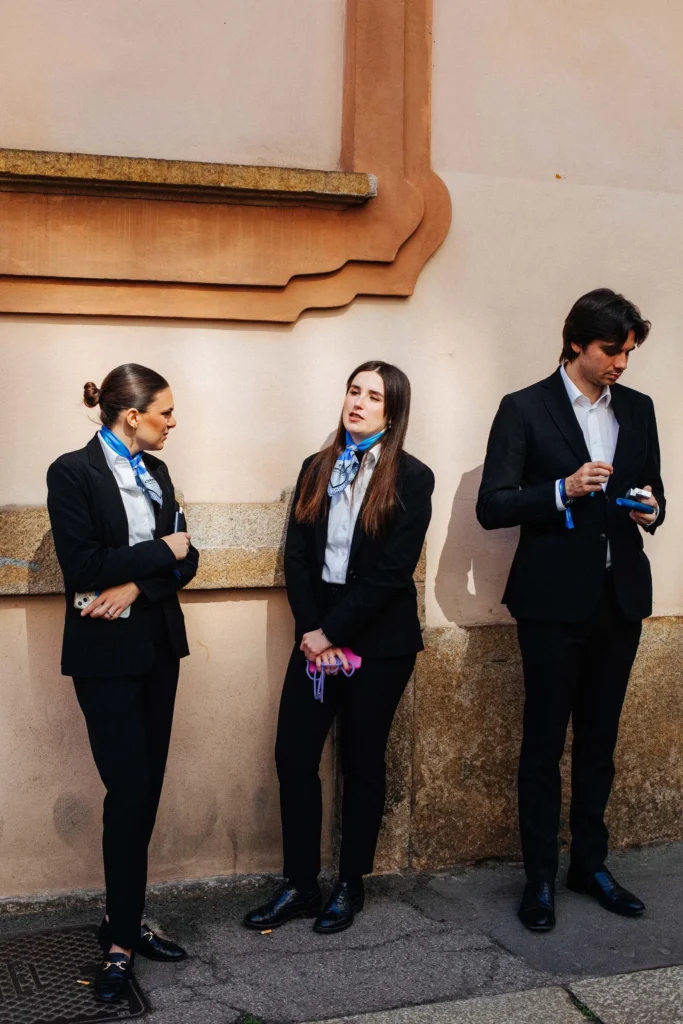
Brands deeply embedded in Milan’s cultural tapestry—like Gucci, with its maximalist yet nostalgic aesthetics, and Valentino, known for timeless femininity—have left indelible marks influencing street style. Gucci’s Alessandro Michele notably redefined luxury by blending historic motifs with contemporary eclecticism, resonating throughout attendees’ wardrobes.
Innovative Design Meets Avant-garde Fashion
Design Week provides a fertile ground for brands to break away from the constraints of seasonal fashion calendars. Reece Crisp, creative director at concept boutique LN-CC, emphasized how Design Week offers greater artistic freedom compared to traditional fashion events. Rather than presenting collections strictly confined to seasonal trends, brands at Milan Design Week could explore more experimental narratives, underscoring a commitment to creativity rather than commercial transactions.
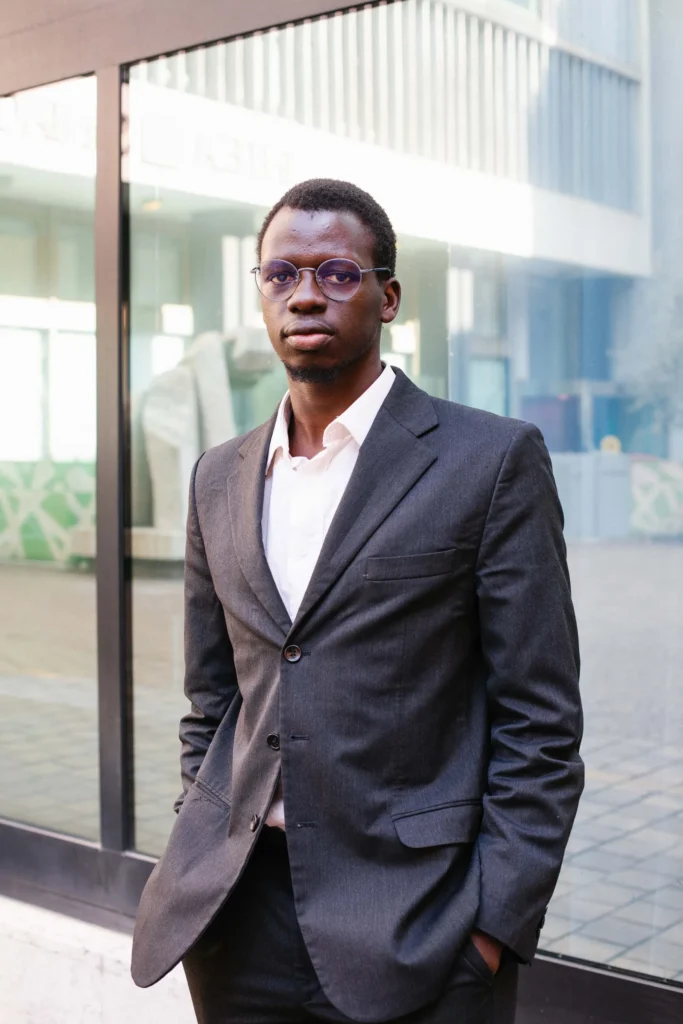
The Capsule Plaza at Spazio Maiocchi particularly attracted younger, experimental attendees. Here, street style was characterized by avant-garde brands and designs—Yohji Yamamoto’s darkly romantic garments, Maison Margiela’s iconic Tabi shoes, and emerging designers whose works embraced bold conceptual statements.
Trends Captured on Milan’s Streets
Throughout the city, Milanese style took many forms. Vintage Fendi and Gucci accessories were spotted frequently, their timeless silhouettes perfectly complementing innovative design installations. At Issey Miyake and Loewe events, fashion-conscious visitors sported garments blending technological textile advancements and refined elegance.

At Georg Jensen’s Gelateria Danese installation, fashion seamlessly merged with artful presentations, attendees donning classic ’60s cat-eye sunglasses and sophisticated ensembles. Elsewhere, fashion enthusiasts favored the blend of casual elegance with structured pieces, effortlessly blending Y2K revival trends with gorpcore-inspired practical wear.
Milan’s Cultural Landscape: Fashion’s New Frontier
Amid declining innovation opportunities within traditional fashion weeks globally, Milan Design Week represents a refreshing departure toward creativity and innovation. Fashion professionals increasingly view the event as an invaluable platform for genuine artistic expression, free from the pressures of commercial demands and cyclical trends.
Vogue Italia’s Francesca Faccani aptly summarized this sentiment, noting that Milan Design Week serves as an annual haven for intellectual, aesthetic-driven fashion statements, distinctly different from mainstream fashion week culture. The city’s unique blend of cultural richness, historical significance, and modern design innovation creates a unique sartorial canvas.
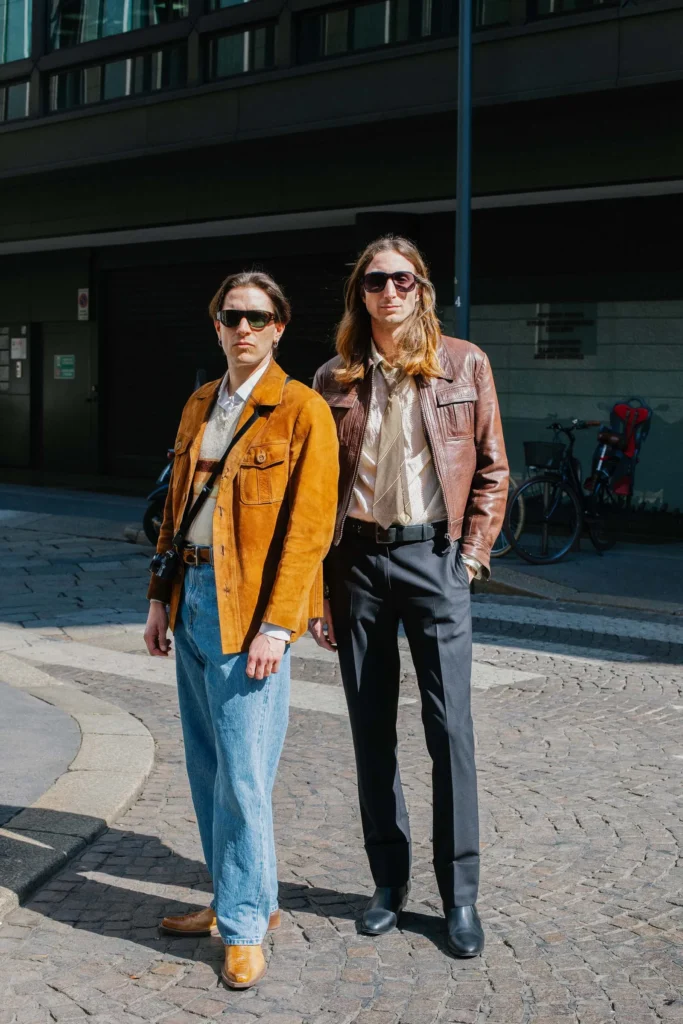
The Future Intersection of Design and Style
Looking forward, the interaction between fashion and design is set to deepen further. As global audiences increasingly seek authentic, timeless, yet innovative style expressions, Milan Design Week will remain an essential showcase for brands and individuals championing thoughtful design and original fashion narratives.
Milan Design Week 2025 not only offered inspiration through furniture and interiors but also reinforced Milan’s pivotal role in shaping the future of global fashion culture. Street style served as a dynamic expression of this evolving relationship, solidifying Milan’s reputation as the heart of creative innovation.

